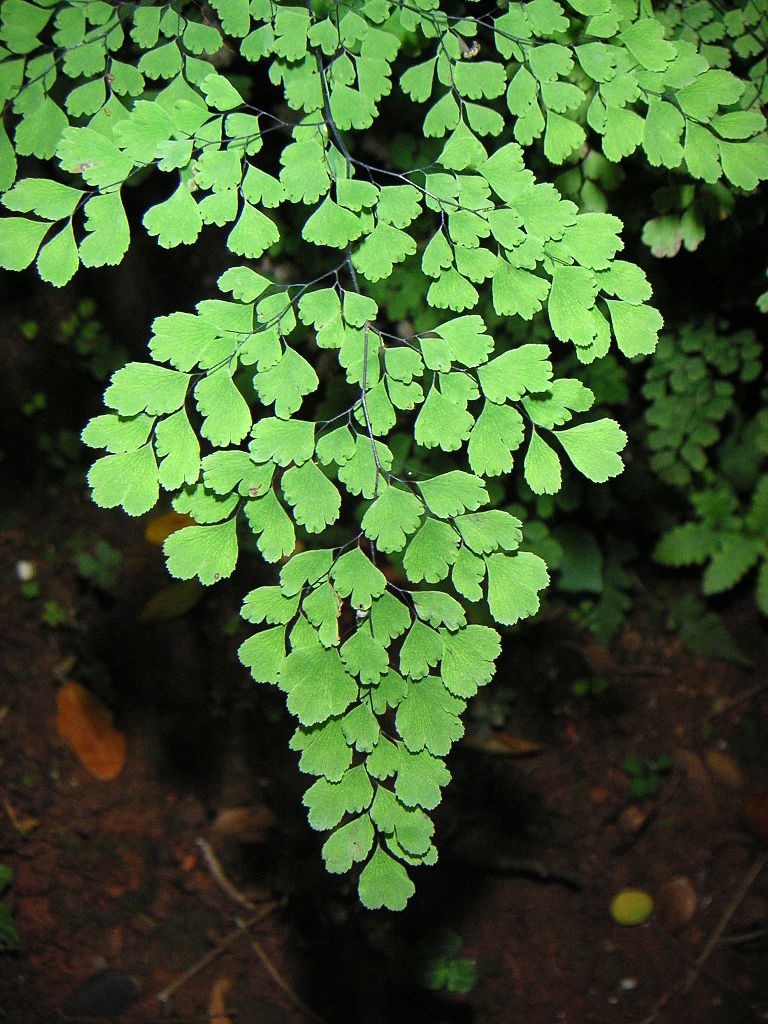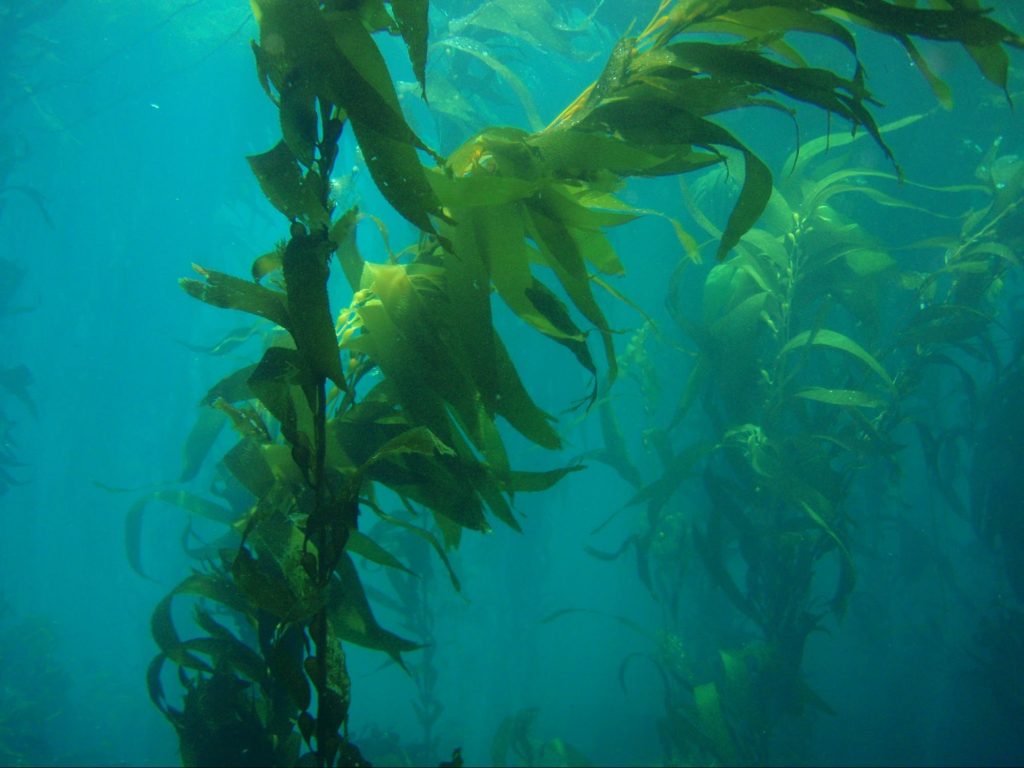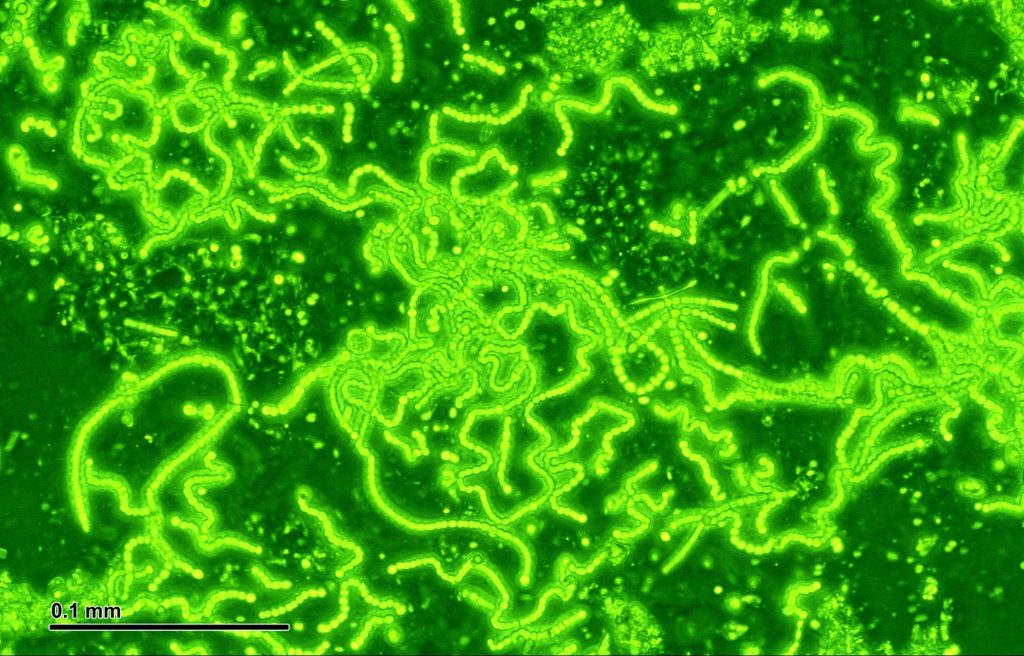The term “autotrophic” can be divided into two terms, “auto” meaning self, and “trophic” meaning nutrition, i.e., self-nutrition.
Autotrophic Organisms takes care of their nutrition and food using simple inorganic material like carbon dioxide, water, and mineral salts in sunlight’s presence.
Autotrophic organisms contain chlorophyll(green coloured pigment), which helps in trapping energy from the sun and preparing their own food by photosynthesis, utilizing solar energy, water, and carbon dioxide.

Index
Types of Autotrophic Nutrition
It is of two types in plants which are as follows.
Photo-Autotrophic Nutrition
Photoautotrophs are organisms that carry out photosynthesis. Sunlight Energy, water, and carbon dioxide are converted into organic materials that are used in cellular functions.
These organisms provide nutrition for all other forms of life. Plants are in predominant variety in terrestrial environments, and aquatic environments include a wide range of phototrophic microorganisms.


Example: Kelp (Algae), Euglena (Protists) and Cyanobacteria (Bacteria).
Chemo-Autotrophic Nutrition
Chemoautotrophs are prokaryotes that belong to the Bacteria or Archaea domains. Chemoautotrophic organisms derive their energy from chemical reactions with inorganic molecules, using this energy and carbon dioxide to synthesize all necessary organic compounds. They do not need sunlight to make to produce energy.
These organisms are located in different extreme habitats, such as deep-sea vents, the deep biosphere, or acidic environments.
Some Examples:
- Chemolitho-autotrophs, are microbes that derive energy from reduced compounds of mineral origin.
- Chemoorgano-autotrophs utilizes organic-electron sources, such as carbohydrates, lipids, and proteins.
Questions
Question 1. What are the two types of autotrophs?
Answer. The two types of autotrophs are:
- Photoautotrphs
- Chemoautotrophs
Question 2. Name some autotrophic bacteria.
Answer. Cyanobacteria, Oxygenic Photosynthetic Bacteria, and Green sulfur bacteria are some examples of autotrophic bacteria.
FAQs
Autotrophic nutrition is a process in which the organism produces their food from the simple inorganic materials such as water, carbon dioxide and mineral salts in the presence of sunlight
Autotrophs are organisms that make energy from the sun, but heterotrophs must rely on other organisms as a source of energy.
Autotrophs always are the primary in the food chain, as they produce their food.
No, the amoeba is not an autotroph since it does not produce its food. They typically ingest their food by phagocytosis.
Related Articles
